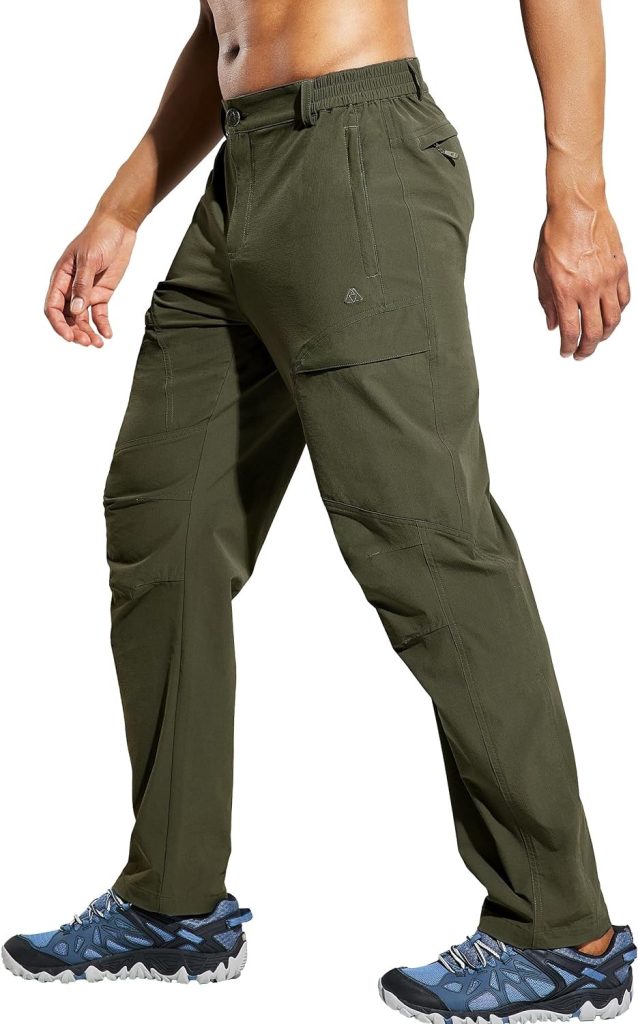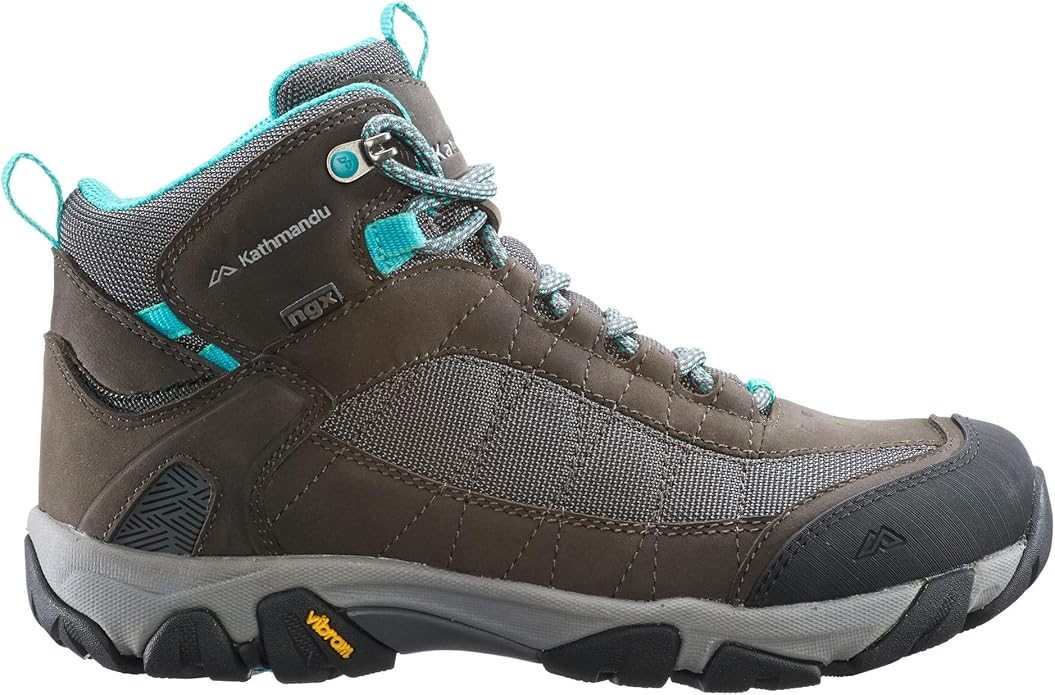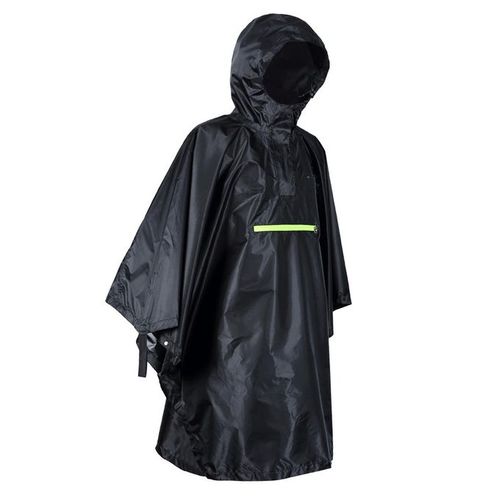Gorilla trekking; What you need to know and pack for Africa. Mountain gorillas can only survive in the wild, meaning you won’t find them in zoos. This makes trekking to see them in their natural habitat a truly unique and unforgettable experience. The top locations to observe these endangered creatures are Uganda’s Bwindi Impenetrable Forest National Park and Rwanda’s Volcanoes National Park.
Gorilla trekking involves navigating steep, narrow trails through rugged mountainous rainforests. The journey can take several hours as you hike through dense jungle, often following a scout who clears the path ahead with a machete. A reasonable level of physical fitness is required, as the trek can be demanding. However, guides ensure there are regular breaks to rest and recover. Proper preparation and the right gear are essential for dealing with the challenging terrain and conditions. Ultimately, the effort pays off with an awe-inspiring encounter with these magnificent animals in their natural environment.
What are some of the important rules when trekking?
To protect the 14 fully habituated mountain gorilla families, trekking groups are limited to eight visitors, with a maximum viewing time of one hour.
For the gorillas’ safety, the minimum trekking age is 15, as younger children are more prone to infections. Guests showing symptoms of cold, flu, or respiratory illness are not permitted to participate, but their permit will be refunded. Visitors must wear facemasks near the gorillas, and smoking or spitting in the park is strictly forbidden.
Trekking can be physically demanding depending on the terrain, so visitors with health conditions limiting strenuous activity should consult a doctor beforehand and provide a health certificate. Stretchers are available for those with limited mobility at a cost of US $200.
How long will we trek for?
The time to reach a gorilla family can range from 30 minutes to 3–4 hours, with treks reaching altitudes between 2,500 and 4,000 meters. The terrain transitions from farmland to dense bush as you approach the park boundary. If assigned to a mobile gorilla family, the trek may take longer.
Once the gorilla family is located, you’ll have one hour to observe and appreciate these incredible animals. Trackers will guide interactions and assist guests, having located the families in advance. Afterward, you’ll reunite with your porter, enjoy lunch, reflect on the experience, and descend back down the trail.
What to pack or wear for Gorilla Trekking:
Wear long trousers, preferably water-resistant, and tuck them into your socks or boots to prevent insects like fire ants from crawling up and biting your legs during the trek.

Wear a long-sleeved shirt to protect against cold, insects, nettles, and scratches. Opt for neutral colors like khaki, green, or light brown. Avoid bright colors, which stand out, and blue or black, as they attract tsetse flies.

Sturdy, waterproof hiking boots are essential for gorilla trekking. They provide ankle support, balance, and protection from mud, thorns, and insects. Avoid sneakers or sandals. Buy boots in advance and break them in to prevent blisters or sore feet.

Thick socks keep you warm during early treks and, when trousers are tucked in, prevent insects and stinging nettles from causing discomfort.

Durable gardening / Hardy gloves for gorilla trekking, as they protect your hands from thorns. You will often need to grip branches and vines to navigate up or down the mountainside, making this protection essential.

A lightweight rain jacket or poncho is essential, as southwest Uganda experiences year-round rain, often in the mornings, keeping you dry and comfortable during the trek.

A wide-brim safari hat or sun hat protects you from the intense sun at high altitudes, especially when not under trees. (Provided)

Bring a durable, reusable water bottle or hydration pack with a drinking hose. Consider also carrying a smaller bottle with water mixed with a rehydration solution for added hydration during the trek.

Leg Gaiters protect the tops of your boots from bugs, dirt, water, and pebbles, keeping your feet safe from the jungle floor elements.

Trekking Poles provide stability and support, especially on steep or slippery terrain. They can also help reduce strain on your knees. (Provided)

